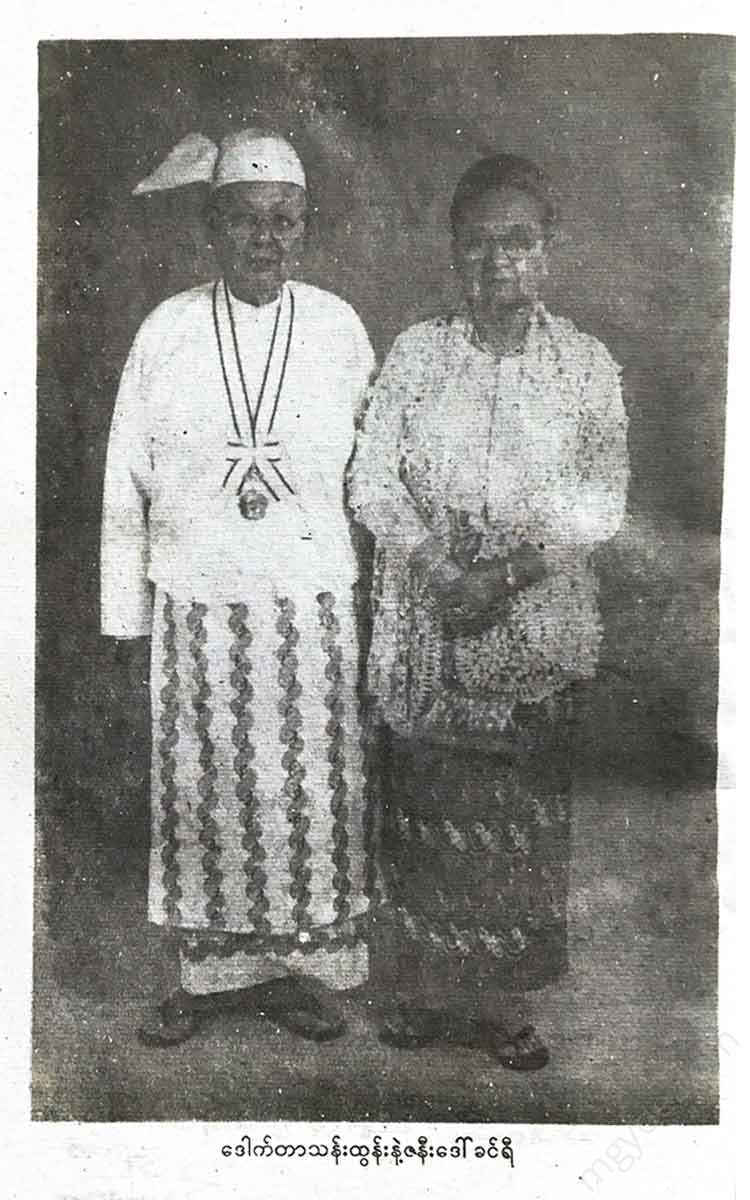Other Websites
Dr. Than Tun - Fukuoka Travel Report
Dr. Than Tun - Fukuoka Travel Report
Couldn't load pickup availability
If you look from the south to the northwest of the Japanese islands, you can see the coast and mountains of Korea. It is so close that it seems that they were inviting the Mongols in the latter half of the 13th century. If the Mongols came, they would have gone to Fukuoka first. At that time, the Mongol armies were fighting against the Burmese army of Bagan. The Mongols conquered the entire Central Asia in the first fifty years of the 13th century, from the northern steppes of China. They also took South Russia, fell to Silesia, passed Hungary and reached the Asian Sea, conquered Korea in the east in 1259, and defeated China in 1276. Only Japan remained. The "Mongrel Emperor Kublai Khan" sent an ambassador to surrender. Kyoto was about to surrender, but Kamakura refused, so they prepared to attack. So in 1274, the Mongol army arrived in Korean ships. They captured small islands and arrived in Hakata Bay in Fukuoka. Fearing a storm before a major battle, they withdrew their troops. They were sure to return. The Kamakura army sent a garrison to Hakata Bay, north of Churu Island, and built a wall around the bay, blocking the famous Mongol cavalry. In 1281, the Mongol army entered Hakata Bay with ships from Korea and China. They had 150,000 soldiers. Never before in the history of the world had there been such a large enemy coming from the sea. And their cavalry was capable of breaking through large encirclements. They could also use large cannonballs with slingshots. The Pan-Tu Shi were good at single combat, If they formed a group and surrounded the Mongol army, no one could withstand it. The Japanese came in small boats in the shallow waters and could only cause a little disturbance, but a great storm came and destroyed the entire Mongol army.
The people who arrived at the Yangon University Amarsaung, where the Myanmar History Group is located, on April 20, 2000 were FUKUMOTO Takayuki, Secretary General of the Scholars’ Award Committee and Executive Director of the Fukuoka City International Relations Department; HIGUCHI Takashi, Secretary of the Fukuoka Asian Award Office; and UCHINO Tomiko, International Relations Officer of the Fukuoka Group. Miko translated into English. They said that the winners would be announced at the end of June and that they would hold a press conference in Yangon on July 14. They invited the winner and his wife to come to Japan. They said that they would cover all travel expenses and accommodation there. “I will also ask the Japanese Ambassador, Shigeru TSUMORI, to get a visa. I will also invite the ambassador to the ceremony. I told him to consult with Guardian U Sein Win about who to invite.” The winner of the award, Dr. Than Tun, was announced on June 26, 2000. A letter dated June 26, 2000, arrived.
Professor Dr. Than Tun,
A new field in Myanmar history was opened up with the teacher's great diligence.
Invented and precise methods and history
Because it can be discovered, the object of studying Burmese history
So that we can show the world how we arrived.
Because Foucault has called Asian culture's 2000th anniversary a turning point.
It has been selected as a scholarly award-winning poem.
We are very happy to be able to inform you.
I am happy and satisfied.
The award ceremony will be held in Fukuoka, Japan on September 18, 2000, and you are invited to attend.
Faithfully
Yamanashi Hirota
(Mayor of Fukuoka)
Kawao Tatsuuo
(Chairman)
Yokohama Foundation
The ceremony was held at the International Business Centre (IBC) from 9 am on 14 July 2000. In addition to Kumoto, Hiroshi and Uchino who had come from Japan on 20 April 2000, there were three more. The Japanese ambassador to Yangon was also present. The Minister of Education, the Minister of Culture, the Minister of Information (Education, Culture, Information) and three deputy ministers from Myanmar, as well as journalists, people from journals and magazines, and relatives all attended. For example, the invitations said U Ba Maung, but when it came, it was U Ba Maung and his wife. If a magazine invited the same person, they would bring a photographer. In this case, one hundred people would become two hundred, and there would be a shortage of food and drink. Tea













